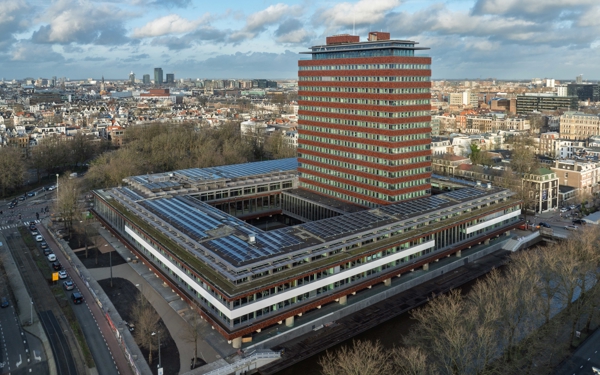Purpose of the good practices
FMIs include central counterparties, central securities depositories, payment systems and securities settlement systems. The good practices can serve as a basis for internal and external dialogue with the ecosystem of FMIs, and will serve as input in the supervisory dialogue between Dutch FMIs and DNB.
Relevance of managing climate and environmental risks
These good practices address climate and environmental risks, which are the financial and non-financial risks that may arise from an FMI’s exposure to the effects of climate change and environmental degradation. Climate and environmental risks may be driven by physical and transition risk factors. Physical and transition risk factors can lead to financial or non-financial risks for financial institutions, such as market and reputational risk. These factors can also have an impact on the economy and thus feed through to the financial system. The extent to which climate and environmental risk factors interact with the institution may differ from sector to sector and also depend on the institution’s business model.
Context of the good practices for FMI’s
The good practices for FMIs have been drafted with reference to the Bank for International Settlements Principles for Financial Market Infrastructures (PFMI), following consultations with Dutch FMIs and representatives from the Dutch FMI ecosystem. DNB already published the DNB Guide to managing climate and environmental risks, which addresses insurers, pension funds, premium pension institutions, investment firms and -institutions, as well as electronic money and payment institutions. These good practices are intended to address the gap that exists for FMIs from the perspective of the central bank as the supervisory authority for FMIs and a catalyst for encouraging sound risk management throughout the sector.
How the principles could be used
The aim is not to create additional principles, but to provide guidance and inspiration to FMI management in dealing with climate and environmental risks in the broadest sense, based on the PFMI. To this end, examples are provided in boxes throughout the text. FMIs are free to take a different approach as long as they comply with applicable laws and regulations. DNB encourages FMI to act proactively in response to climate and environmental risks. Going beyond what is needed from the perspective of risk management, we therefore encourage FMIs to also contribute to the transition towards a sustainable economy with innovative products and services, and to reduce their own environmental footprint.




